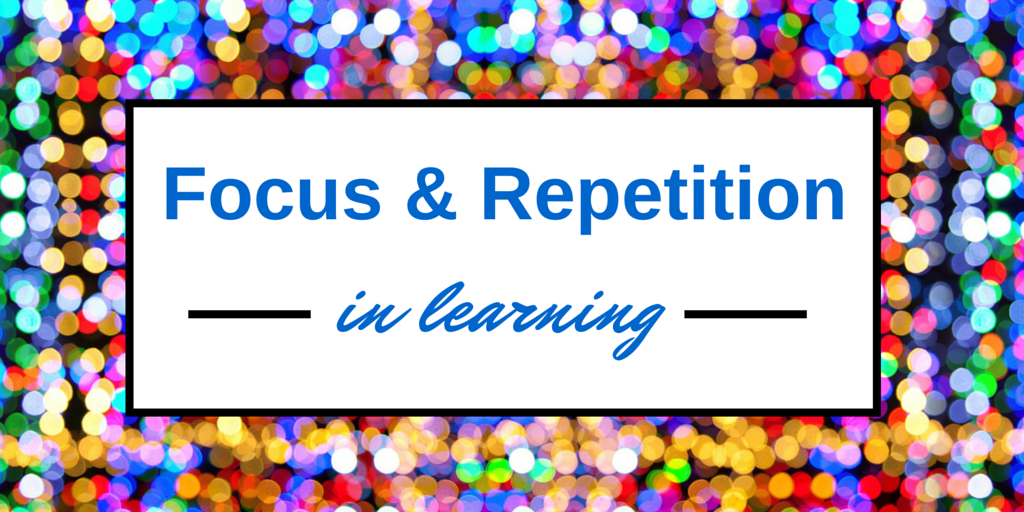
Aristotle once commented on the importance of repetition in education by noting, “It is frequent repetition that produces a natural tendency.” Many professors strive to help their students acquire new skills, and repetition can be a highly effective way to do so – for, as Aristotle mentions, it is how tasks and knowledge can become second – nature for students. Read on to learn the best practices and benefits of repetition.
Repetition is a key learning aid because it helps transition a skill from the conscious to the subconscious. Through repetition, a skill is practiced and rehearsed over time and gradually becomes easier. As the student improves, he or she does not need to think consciously about the skill, freeing up mental resources to learn new skills and concepts. Importantly, practice alone doesn’t make perfect — perfect practice makes perfect. Otherwise, bad habits will become ingrained.
Another important aspect of repetition is the interval at which a skill is repeated. Spaced repetition is a learning technique that incorporates increasing intervals of time between practice of previously learned material. Spacing out the rehearsal of a task is important for making sure a task “sticks.” Spaced repetition works especially well for learning vocabulary words in native or foreign languages, and for absorbing bits of information. Additionally, spaced repetition is also useful for skills-based and factual knowledge.
Although repetition is a widely accepted method of learning, some critics note that repetition might not be the most effective means of learning, especially when cramming is used as a substitute for spaced repetition. Another important factor in learning is the ability to make connections to previously learned knowledge. Professors should encourage students to revisit course material frequently and consistently to maximize the benefits repetition can provide.

